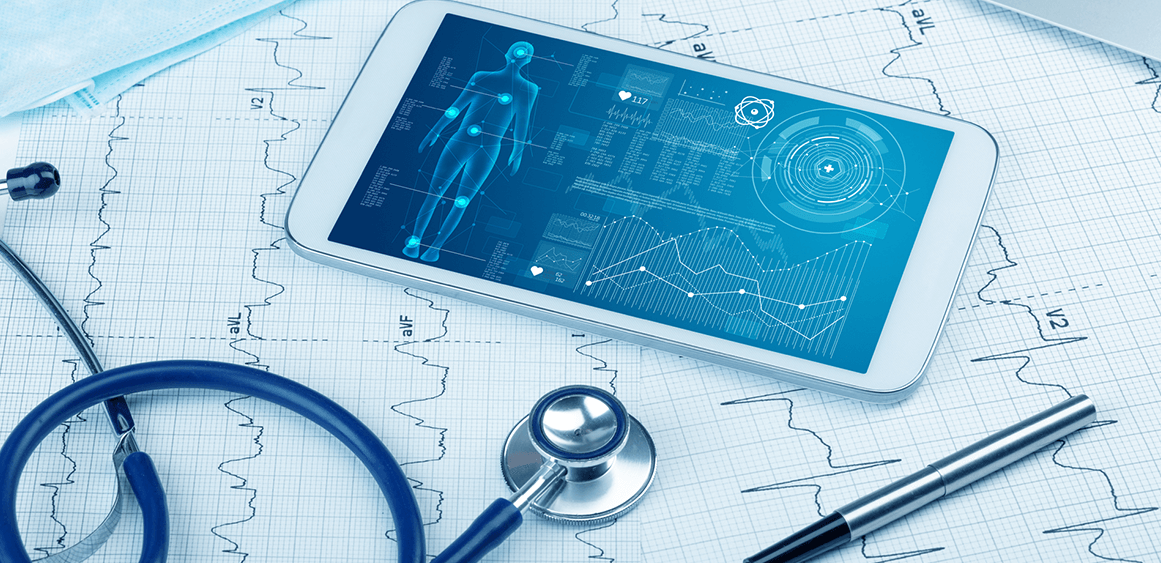
Healthcare software design, like the rest of the tech world, is undergoing constant reinvention.
And no doubt, keeping updated in this era can be a task.
So, when design experts at Fineart came together to discuss this change, we asked them to make way for this blog post.
Read on for a compilation of the general trends and predictions in healthtech for healthcare businesses looking to stay updated for the future. We’ve analyzed many up-and-coming agendas in the healthtech industry from verified sources from across the web to bring in the 5 most important ones. Let’s say, for starters.
1. Optimized user experience
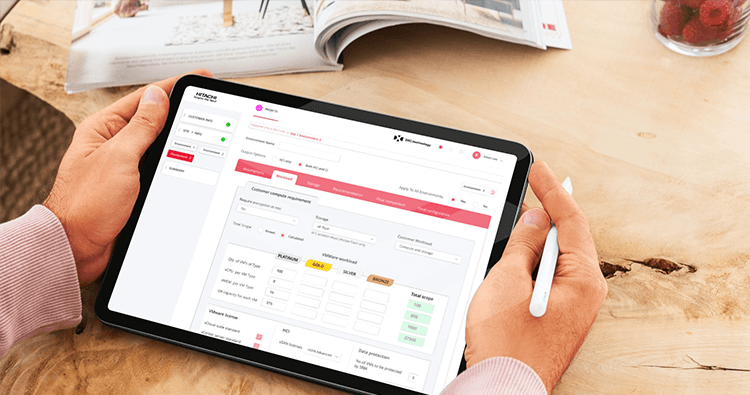
Design trends in 2023 are focused on optimizing user experience, as they should be. One example for this is scrollytelling, a design technique that presents content in an order that tells a story or leads a conversation. In this kind of design, important tales/events follow as the user scrolls to the bottom of the page, thus giving the user a way to slowly unravel the contents of the website without being pushy. This kind of design has been making a lot of noise among audiences and engaging them to continue scrolling till the bottom of the page. Consider your design successful if a user scrolls to the end of the page without even realizing they were consuming information from it.
Healthcare providers can use this design technique to release care options and tips to their customers in a digestible format. Reach out to us for help with designing a scrollytelling website for your healthcare company.
2. Greater customization
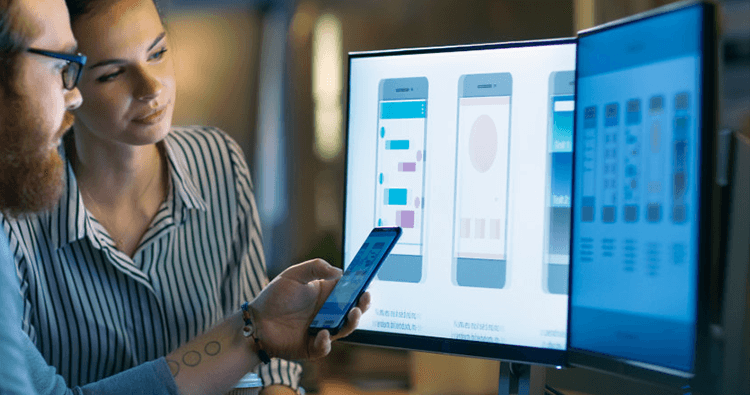
As the emphasis on user-focussed website designs rises, healthcare websites will become more customizable, thus allowing patients and providers to personalize their healthcare app experience with greater options in their user profile, settings, preferences, and the like.
Custom healthcare app development is hence no longer just a choice, but a trend. If you need help with developing or upgrading to a secure, modern healthcare app, reach out to us.
3. Accessible and inclusive designs
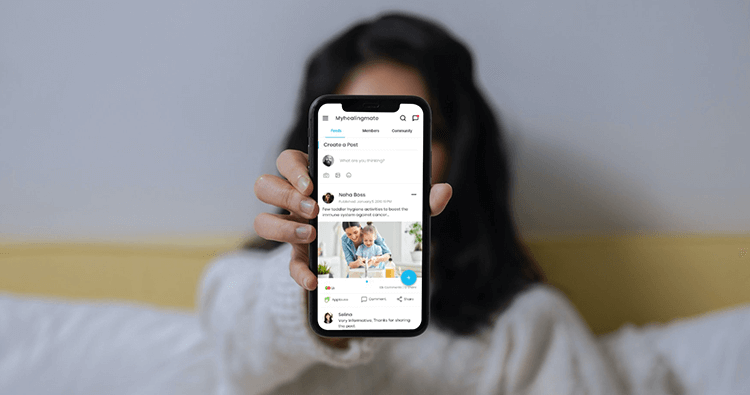
Healthcare software UI/UX design will need to be designed with accessibility and inclusivity in mind, to ensure that all users, regardless of ability or disability, can access and use the software. This may involve the use of larger text, high-contrast color schemes, and support for assistive technologies.
Some of the strategies and techniques for making healthcare apps more accessible and inclusive are:
- Conducting user research and testing with diverse groups of people to identify their needs, preferences, challenges, and feedback on the app design and functionality.
- Applying universal design principles and standards to ensure that the app is usable by everyone, regardless of their abilities or circumstances. For example, using clear and simple language, providing alternative text for images or audio, ensuring sufficient color contrast and font size, offering multiple input and output modes, etc.
- Incorporating cultural sensitivity and awareness into the app content and interface to respect and accommodate the values, beliefs, norms, customs, and languages of different groups of people. For example, using inclusive terminology and pronouns, avoiding stereotypes or biases, providing translation or localization options, etc.
- Providing user customization and personalization options to allow users to adjust the app settings and features according to their preferences and needs. For example, allowing users to choose their preferred language, theme, font size, notification frequency, etc.
- Seeking feedback and suggestions from users and stakeholders on how to improve the app accessibility and inclusivity, and implementing them in a timely manner.
Healthcare apps that are accessible and inclusive can provide better healthcare outcomes, user experiences, social impacts, and business results.
4. Visualizations and data-driven designs
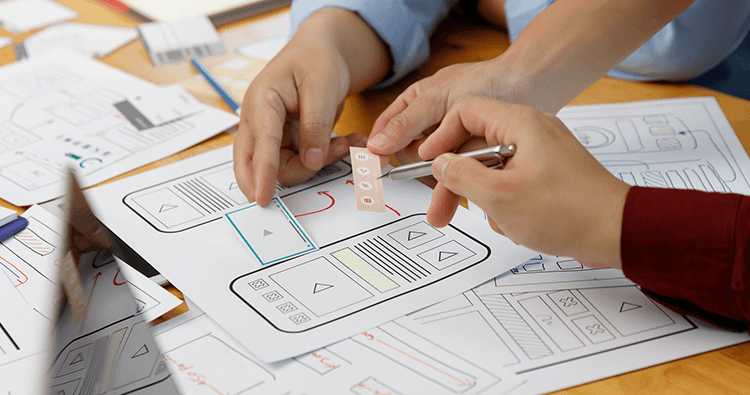
Healthcare topics can be complex and overwhelming, especially for people who are not familiar with medical terms and concepts. As per trends and statistics, visualization and data-driven designs are helping counteract this by breaking complex data into simple, understandable forms for users.
For instance, the usage of charts, graphs, and icons to represent numerical and categorical data in a visual way is seen to really enhance user experience. For example, an app that tracks blood pressure can show a line chart that plots the user’s readings over time, along with a color-coded scale that indicates the normal and abnormal ranges. This way, the user can quickly see their progress and identify any potential issues.
Or, apps can use interactive and personalized features that allow users to explore and manipulate the data according to their needs and preferences. For example, an app that provides health tips can let the user choose their goals, interests, and preferences, and then generate customized recommendations based on their input. This way, the user can get relevant and tailored information that suits their situation.
Another alternative is to use simple and clear language and layout to communicate the data and its implications. For example, an app that diagnoses symptoms can use a question-and-answer format that guides the user through a series of steps, and then provide a summary of the possible causes and treatments. This way, the user can understand the logic behind the diagnosis and the actions they need to take.
Remember, user engagement, satisfaction, and trust can greatly benefit from intuitive designs.
5. Increased data security and privacy

As the boundaries on personal data protection and privacy strengthen, healthcare companies need to focus on incorporating better ways to protect user data, especially considering they handle a lot of sensitive personal data. Aside from following strict regulatory requirements set by HIPAA, healthcare apps need to use the latest and best technologies in data protection, such as Blockchain (to protect data against manipulation) and cloud data protection technologies (to safeguard the data on cloud).
Conclusion
Overall, the future of healthcare software design is likely to be characterized by a greater emphasis on patient-centered, personalized care that leverages the latest technologies and data analytics to improve outcomes and make healthcare more efficient and accessible.
Prioritize simplicity, accessibility, and customization, with a focus on making complex medical information more understandable and actionable for both patients and healthcare providers. Also, focus on proactively safeguarding user data by upgrading to the latest and best data protection technologies.
If your healthcare company needs help upgrading to the best and most secure UI/UX designs, reach out to us at Fineart.



